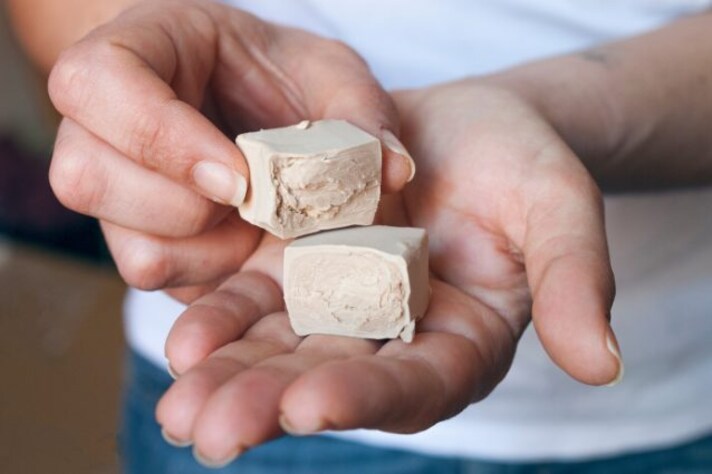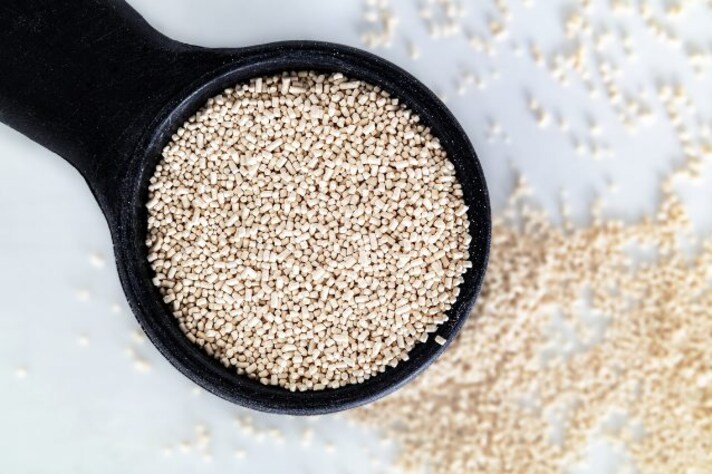How to Choose the Best Yeast for Every Recipe
Do you know why some recipes call for fresh yeast while others use dry? Yeast might seem simple, but there are different types, each with its own unique qualities and best uses. Here’s a guide to help you choose the right yeast for perfect bread, pizza, and pastries every time.
;Resize,width=742;)
Yeast is the magical ingredient that brings bread and other baked goods to life, creating a light, airy texture by releasing carbon dioxide as it ferments. From fresh yeast to instant yeast, each type has its own unique characteristics and ideal uses. Let’s take a look at the different types of yeast and when to reach for each one.
1. Active Dry Yeast

Active dry yeast is one of the most common types found in grocery stores. It’s made by drying fresh yeast into granules, which gives it a longer shelf life. To activate it, dissolve the yeast in warm water (around 38°C/100°F) for about 5-10 minutes until it becomes bubbly. This reactivated yeast is then ready to be added to the rest of your ingredients, making it ideal for recipes with longer rise times, such as classic bread loaves and rolls.
2. Instant Yeast

Instant yeast, also known as “fast-rising” or “quick-rise” yeast, is similar to active dry yeast but is milled into finer granules, allowing it to dissolve more easily without pre-activation in water. This type of yeast works quickly, making it perfect for quick breads and pizza dough when time is limited. Simply mix instant yeast directly into your dry ingredients, and follow the recipe as usual—just keep in mind that rise times may be shorter with instant yeast.
3. Fresh Yeast

Fresh yeast, also called cake yeast, is soft and moist, with a strong yeast aroma. Bakers often favor fresh yeast for its delicate flavor, especially in breads, pastries, and croissants. It’s best used within a week or two and needs refrigeration. To use fresh yeast, crumble it into warm water and let it dissolve fully before adding it to your recipe. Fresh yeast typically provides a slightly shorter rise time compared to dry yeast.
4. Rapid-Rise Yeast

Rapid-rise yeast is similar to instant yeast but is formulated for an even quicker rise, making it perfect for “no-knead” or “one-rise” recipes. This type of yeast can significantly reduce baking time but may compromise on flavor due to the shorter fermentation period. Rapid-rise yeast is best added directly to the dry ingredients, skipping any second rise specified in the recipe, so you can go straight to baking after the initial rise.
5. Nutritional Yeast

Unlike other types, nutritional yeast is inactive and doesn’t cause dough to rise. Instead, it’s commonly used as a seasoning with a cheesy, nutty flavour, especially popular in vegan recipes. Packed with B vitamins, nutritional yeast is a great addition to sauces, soups, and snacks. Simply sprinkle it on top of popcorn, pasta, or salads, or stir it into sauces and dressings for an added depth of flavor.
6. Brewer’s Yeast

Brewer’s yeast is another inactive yeast, primarily used for brewing beer. With a slightly bitter taste, it’s sometimes used as a dietary supplement for its high nutritional content rather than for baking. Brewer’s yeast can add a savory touch to dishes like soups and stews, and it’s also great blended into smoothies or juices as a nutritional supplement.
;Resize,width=767;)
;Resize,width=712;)

;Resize,width=712;)
